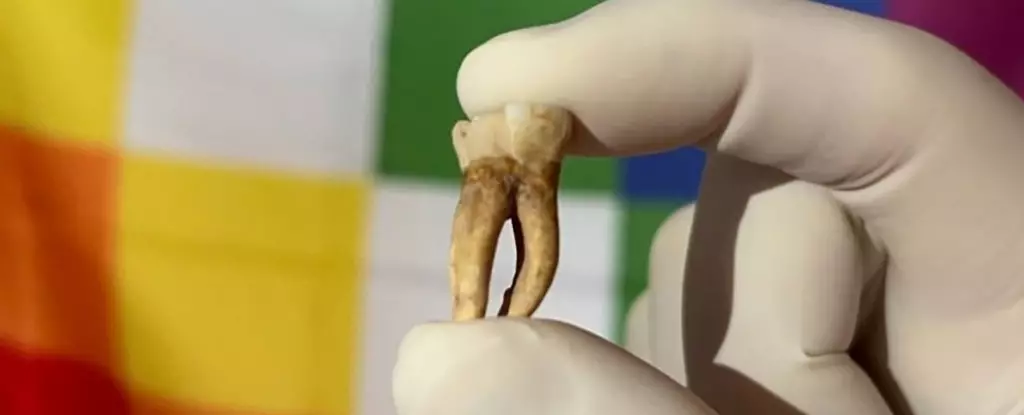For centuries, historians and scholars have charged forward with the narrative that European settlers were the harbingers of leprosy in the Americas. This long-standing belief is now under siege thanks to groundbreaking research that compels us to reconsider everything we thought we knew about this ancient disease and its profound impact on Indigenous populations. The unearthing of Mycobacterium lepromatosis in ancient DNA challenges the established understanding that leprosy was a novel affliction exclusively introduced by colonizing forces. Instead, it appears Indigenous Americans were engaged in a desperate battle against this brutal disease long before the first European foot touched the continent.
The Power of Ancient DNA
The power of modern genetic exploration is perhaps one of the most transformative aspects of contemporary science. Researchers, including prominent genomicist Maria Lopopolo, have utilized cutting-edge techniques to analyze the DNA from both ancient and modern human remains comprehensively. Their findings reveal that M. lepromatosis—a strain of leprosy largely overshadowed by the more recognized Mycobacterium leprae—has been lurking within the Americas for centuries. This is not just a sluggish bacterium clinging to life; it is a historical figure in its own right. The study examined 389 ancient samples and 408 contemporary samples, mapping out a genetic family tree that illustrates the shared lineage of these leprosy bacteria.
In a world rife with misinformation, this revelation serves as a clarion call for humility. Our historical narratives are often painted with broad strokes, and new discoveries repeatedly remind us of the nuanced complexity inherent in human experience. This research challenges the colonial lens through which we have viewed Indigenous health and disease, asserting that the impact of leprosy on Indigenous communities was both early and profound.
Why This Matters: The Cultural Repercussions
Recognizing that Indigenous peoples faced leprosy long before colonization not only shifts our understanding of a medical condition but also has significant cultural implications. It suggests that these communities maintained their own medical practices in response to the disease, undoubtedly shaping cultural identity and resilience in the face of adversity. It’s a reminder that history is not merely a collection of events; it is a living narrative that connects societies across time. This calls for a nuanced reflection on how sickness and healing intertwine with the very fabric of cultural heritage.
The consequences of such findings reach well beyond academia. They have the power to influence contemporary attitudes toward Indigenous health issues, including the stigma surrounding diseases that have long been associated with colonization. Understanding the pre-colonial existence of leprosy allows for a reframing of the narrative, advocating for a more respectful acknowledgment of Indigenous wisdom regarding sickness and healing practices.
Lessons from the Past for the Present
The broader implications of this study ripple through the fabric of modern medicine and infectious disease research. As we grapple with the complexities of disease in our interconnected world, the lessons learned from the study of M. lepromatosis remind us that pathogens do not respect borders, cultures, or histories. They evolve and adapt, often in ways we are only beginning to comprehend. Nicolás Rascovan from the Institut Pasteur emphasizes that we are merely scratching the surface of understanding the diversity and movements of these ancient pathogens.
This notion urges us to look not just at how diseases spread but to consider the socio-political ramifications of our understanding—or misunderstanding—of their origins. The colonial history tied to infectious diseases often masks the narrative of resilience and adaptation that Indigenous communities espouse. As we move forward, there is a palpable need to engage critically with historical records, ensuring that the voices of these communities are not drowned out by the clamor of Eurocentric narratives.
Ultimately, this research not only redefines the historical understanding of leprosy in the Americas but also challenges us to approach the intersecting worlds of history, culture, and medicine with a newfound respect and curiosity. In doing so, we can foster a richer understanding of our shared past and a more equitable approach to contemporary public health.

